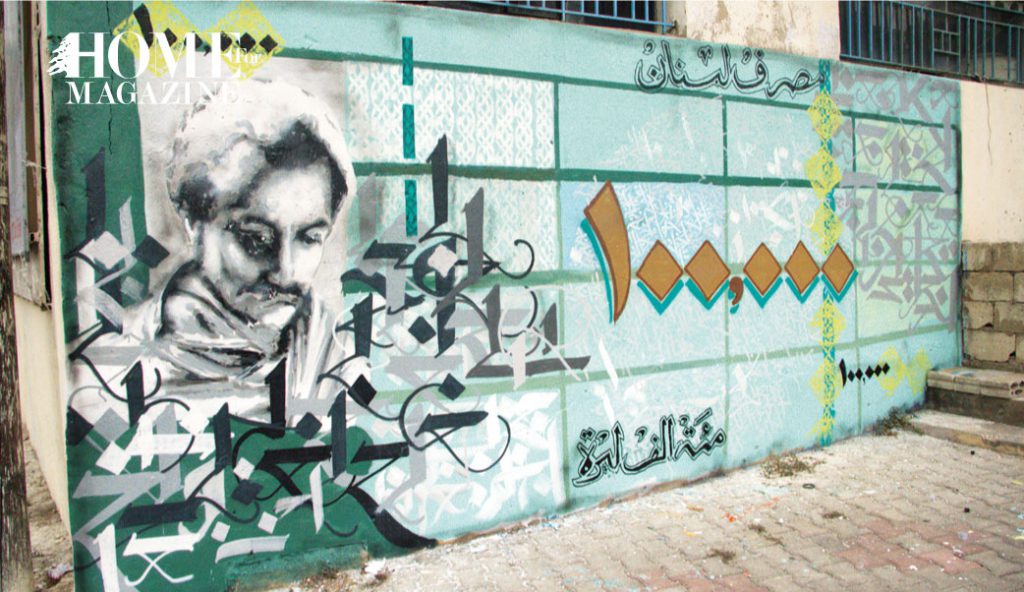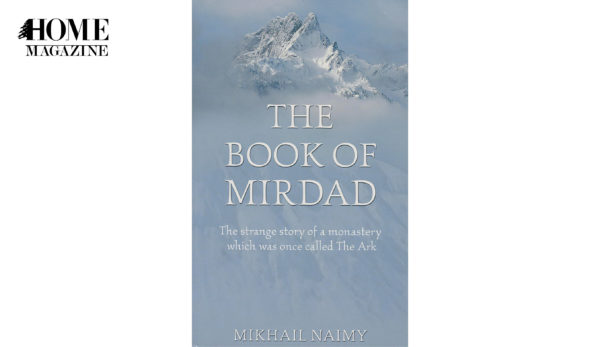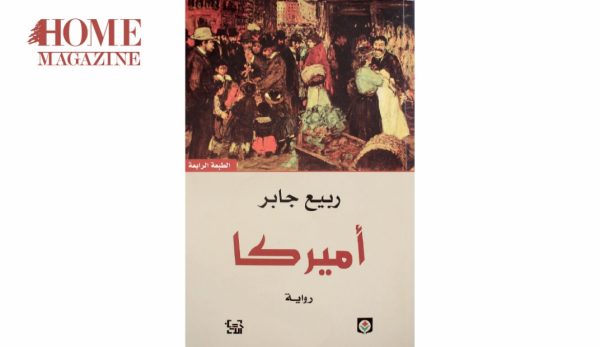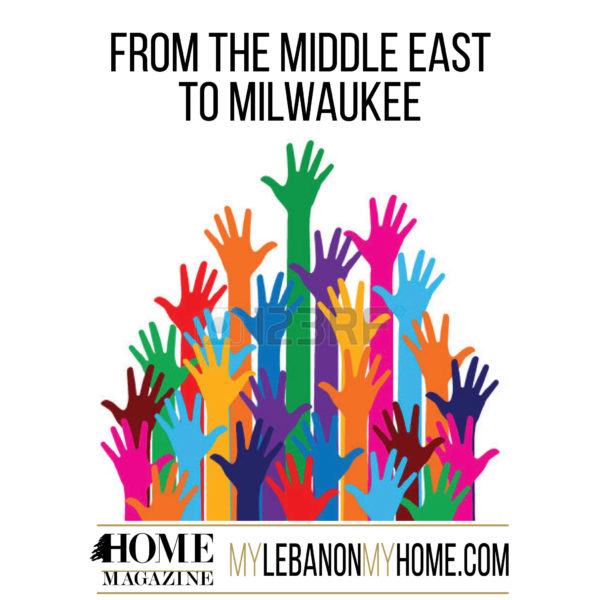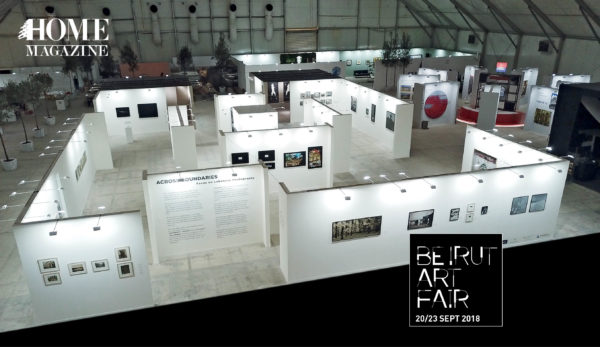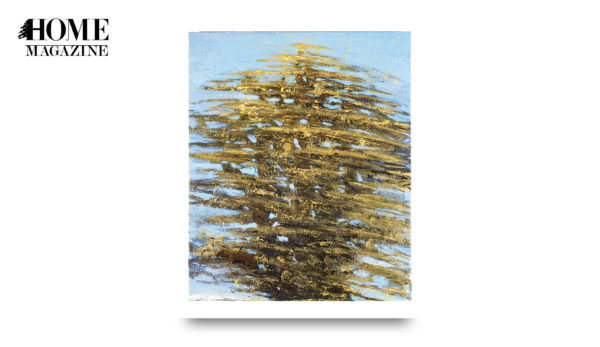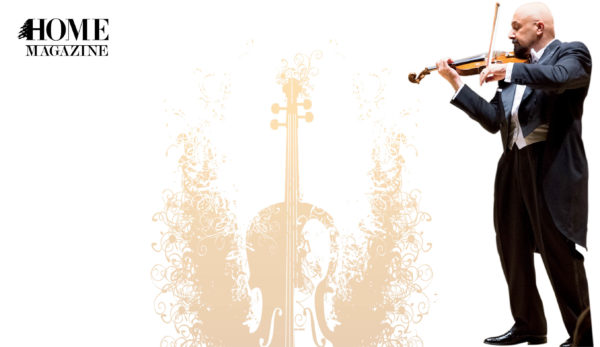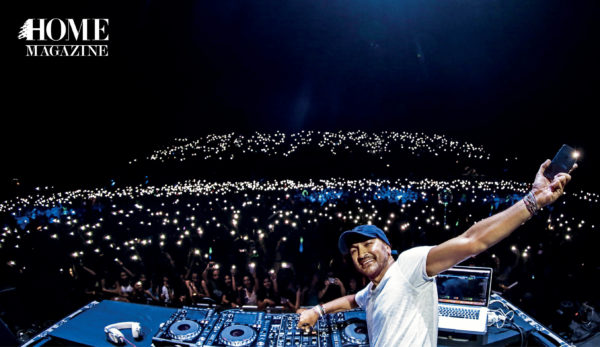Yazan Halwani is not your average street artist. His style combines elements of Arabic calligraphy and arabesques, mixed with urban Western graffiti styles. His murals depicting famous Arabic personalities such as Fairuz can be found on the walls of buildings around Beirut.
Born in Beirut in 1993, he became interested in graffiti at a very young age and started producing the largest graffiti murals on the walls of Beirut. Halwani has taken the local urban art world by storm as one of the youngest graffiti artists in the Middle East. His work not only covers walls all over Lebanon, but he also produces original pieces for HOMEs, TV shows and shops.
What inspired you to start doing graffiti?
Graffiti is the easiest of art forms to start with if you have no idea about art. You just need a bit of paint, a bit of time, and the canvas is offered by the city. When I was around 14, I had a seen graffiti in movies and heard about it a lot. I decided to try it myself. Bit by bit my style developed and became my own.
What kind of message do you convey with your art?
When I first started, I didn’t have a particular message, but as I progressed, I wanted my art to be more culturally inspired, to exhibit it to the Lebanese people and to the world. In Lebanon, culture is summarized by politicians, not by poets or artists. I wanted to show people a more positive aspect of Lebanon. This is why at one point instead of making graffiti, I removed posters and painted portraits of cultural figures.
What was your inspiration to create your works of art?
When I started in 2009, the European and American graffiti movement inspired me. In 2012, I decided to change that and to move to a style that is more contextually and culturally relevant. I taught myself calligraphy from an old book, and was fascinated by Oriental geometry and art forms – these are the current building blocks of my work.
What do you love about street art?
I think the nice thing about graffiti is that it changes the perspective people have of simple things. The owner of the building next to my Fairuz mural once told me, “It’s fascinating how ever since you painted this wall, it has become the most photographed wall in the city. I see people taking photos of it every single time I go down or up the stairs.” I find this interesting because it creates a sense of interest for simple things, like walls. Talking to people that live near the mural, I think this is a very important aspect of the mural making process – making sure the mural talks to the people around it – otherwise it will not become a landmark for them.
How do you go about choosing a location to graffiti? Is there something you look for?
Some walls have character, others have less. It is like your thought process when choosing friends, you don’t really know how it happens, but some walls are more interesting than others.

How do you think Lebanese see graffiti?
People see it as an entertainment more than art. Unlike in the West, we don’t have a history of graffiti being seen as vandalism, so it has a much better image here. Taking out money from your own pocket and painting and decorating the city’s walls is very interesting to them. They don’t want to stop you, but it’s a bit weird. They kind of like it.
What do you want people to get from your work?
That you can do something good for the public even if it does not benefit you. I get a lot of times people asking me why I spend time and money on painting a wall in the street when I could use the resources for more “personally beneficial” purposes. I usually tell them that this is the exact thought process that creates most of the problems we complain about everyday: traffic, bad infrastructure and even selfishness.
What is your favorite piece from your graffiti collections?
I sometimes ask my mom who is her favorite between her three kids, she tells me a mother loves all her kids equally.
What do you see for the future of art in Lebanon?
I think we have a long way to go. I think art in Lebanon is comprised of a very sophisticated community of artists, known in the world and Arab world, but we don’t have the cultural infrastructure to promote the artists in our own country. Local artists may be known internationally but not locally.
What do you see for your future in the arts?
I never had an objective to become an artist who sells paintings in galleries. I just wanted to put things on walls – and this is still the case. I want my work to be part of the city, embedded in the culture and history. In my perspective, a mural in the street is not the artist’s it’s the city’s. It’s for Beirut, not for Yazan Halwani.
![]()


